Home>Technology>Security & Surveillance>How Can You Lock A Barn Door
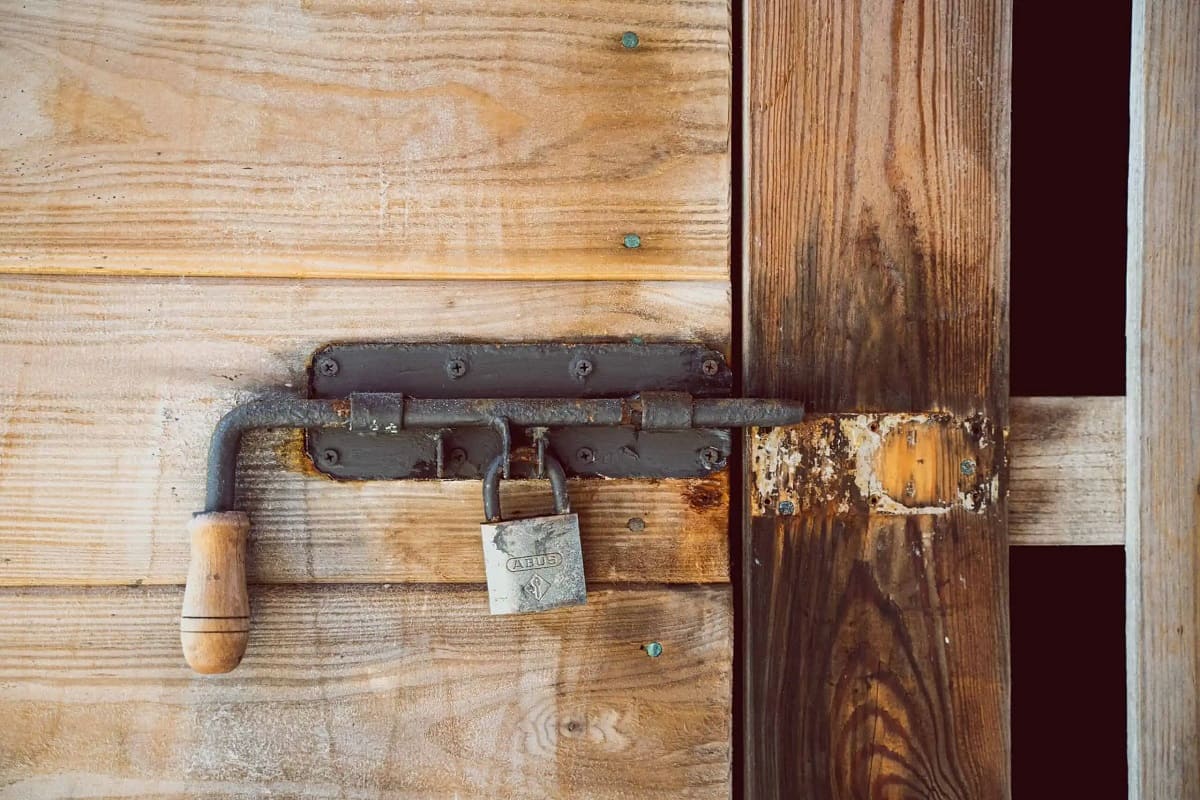

Security & Surveillance
How Can You Lock A Barn Door
Modified: August 27, 2024
Learn the best ways to secure your barn door with our comprehensive guide. Discover the latest in security and surveillance solutions to keep your property safe.
(Many of the links in this article redirect to a specific reviewed product. Your purchase of these products through affiliate links helps to generate commission for Storables.com, at no extra cost. Learn more)
**
Introduction
**
Welcome to the world of barns, where the charm of rustic living meets the practicality of modern security. Barns have long been an integral part of rural landscapes, serving as shelters for livestock, storage for agricultural produce, and even as cozy living spaces. However, the security of a barn is just as important as its functionality. After all, a barn often houses valuable equipment, tools, and animals, making it a potential target for theft or vandalism.
In this article, we will delve into the crucial topic of securing barns by focusing on one fundamental aspect: locking the barn doors. While it may seem like a straightforward task, selecting the right type of lock and understanding the proper locking procedures are essential for safeguarding the contents of a barn. Whether you are a farmer, a hobbyist with a barn workshop, or simply someone who appreciates the rural lifestyle, knowing how to effectively secure a barn door is paramount.
Join us as we explore the significance of locking barn doors, the various types of barn door locks available, the key factors to consider when choosing a lock, and the essential steps to ensure that a barn door is properly secured. By the end of this journey, you will have gained valuable insights into fortifying the security of your barn, thereby enhancing your peace of mind and preserving the integrity of your rural haven.
Key Takeaways:
- Locking barn doors is crucial for protecting valuable equipment, animals, and maintaining a tidy environment. It deters intruders and ensures the safety of the rural haven.
- Choosing the right lock, considering security needs, door type, and durability, is essential. Proper installation, testing, and maintenance are key steps in securing barn doors.
Read more: How To Lock Barn Door For Bathroom
Understanding the Importance of Locking Barn Doors
When it comes to protecting the contents of a barn, locking the doors is a fundamental security measure that should never be underestimated. Barns are not only storage spaces; they often house expensive farming equipment, tools, and, most importantly, animals. Without proper security measures, these valuable assets are vulnerable to theft, unauthorized access, and the potential dangers posed by intruders.
Furthermore, securing barn doors is essential for the safety and well-being of the animals housed within. Whether it’s horses, cattle, or poultry, ensuring that the barn doors are locked prevents the animals from wandering off, protects them from predators, and minimizes the risk of accidents or injuries resulting from unauthorized entry.
Moreover, a securely locked barn door serves as a deterrent to potential intruders. It sends a clear signal that the contents of the barn are protected, dissuading would-be thieves or vandals from attempting to breach the premises. This proactive approach to security not only safeguards the assets within the barn but also contributes to the overall safety and tranquility of the surrounding rural environment.
From a practical standpoint, locking barn doors also helps in maintaining the organization and tidiness of the barn. By securing the doors, the risk of unauthorized individuals tampering with or misplacing tools, equipment, or supplies is significantly reduced. This, in turn, streamlines the daily operations and upkeep of the barn, allowing for a more efficient and stress-free working environment.
Ultimately, the importance of locking barn doors cannot be overstated. It is a fundamental aspect of responsible barn management, contributing to the security, safety, and orderliness of the premises. By recognizing the significance of this simple yet crucial security measure, barn owners and caretakers can create a protective and harmonious environment for both the valuable assets within and the livelihoods that depend on them.
Different Types of Barn Door Locks
When it comes to securing a barn, choosing the right type of door lock is essential for ensuring the safety and protection of its contents. There are several types of barn door locks available, each designed to cater to specific security needs and door configurations. Understanding the different options can help barn owners make informed decisions based on their unique requirements.
1. Padlocks and Hasps: Padlocks and hasps are a classic and versatile option for securing barn doors. They come in various sizes and materials, offering flexibility in terms of strength and durability. Hasps are mounted on the door and provide a stable anchoring point for the padlock. This combination is suitable for swing-style barn doors and provides a reliable level of security.
2. Sliding Door Locks: For barns with sliding doors, dedicated sliding door locks are the ideal choice. These locks are designed to secure the sliding mechanism, preventing unauthorized entry. They are often equipped with rugged construction to withstand the harsh conditions commonly found in barn environments.
3. Barrel Bolts and Latches: Barrel bolts and latches are simple yet effective locking mechanisms for barn doors. They are easy to install and operate, making them a popular choice for smaller barns or interior doors within larger barn structures. Barrel bolts can be used in conjunction with padlocks for added security.
4. Combination Locks: Combination locks provide keyless security and are suitable for barns where multiple individuals require access without the need for physical keys. These locks offer convenience and can be reset to new combinations as needed, providing flexibility in managing access to the barn.
5. Electronic Keypad Locks: For modern barns or those with valuable assets requiring advanced security, electronic keypad locks offer a high-tech solution. These locks require a programmable code for entry, eliminating the need for physical keys. They provide enhanced security features such as audit trails and temporary access codes.
6. Deadbolts: While commonly associated with residential properties, deadbolts can also be utilized to secure barn doors. Heavy-duty deadbolts provide a robust locking mechanism, offering a high level of resistance to forced entry. They are suitable for barns with solid wood or metal doors.
When selecting a barn door lock, it is essential to consider factors such as the door’s material, size, and configuration, as well as the level of security required. By choosing the most suitable type of lock, barn owners can effectively fortify their premises and protect the valuable assets housed within.
Use a sturdy padlock and hasp to secure the barn door. Make sure the lock is made of durable material and the hasp is securely attached to the door and frame.
Factors to Consider When Choosing a Barn Door Lock
Choosing the right barn door lock is a critical decision that directly impacts the security and functionality of a barn. Several key factors should be taken into consideration when evaluating and selecting a suitable lock for barn doors, ensuring that the chosen locking mechanism aligns with the specific needs and circumstances of the barn.
1. Security Requirements: Assessing the security needs of the barn is paramount. Consider the value of the assets stored within the barn, the potential security threats in the area, and the level of protection required. High-value equipment, livestock, or sensitive materials may necessitate a more robust and tamper-resistant locking mechanism.
2. Door Type and Configuration: The type of barn door and its configuration play a significant role in determining the appropriate lock. Swing-style doors, sliding doors, Dutch doors, or overhead doors each require specific locks designed to accommodate their unique operation and structure.
3. Durability and Weather Resistance: Barns are exposed to various environmental elements, including extreme temperatures, humidity, and dust. It is crucial to select a lock constructed from durable materials that can withstand the harsh conditions commonly found in barn environments without succumbing to corrosion or mechanical failure.
4. Ease of Use and Maintenance: The practicality of the chosen lock is essential. Consider the ease of installation, operation, and maintenance. A user-friendly lock that can be reliably operated by all authorized individuals while requiring minimal upkeep contributes to the overall efficiency and convenience of barn management.
5. Flexibility and Access Control: Depending on the barn’s usage and the number of individuals requiring access, the flexibility of the locking system is a key consideration. Some locks offer features such as keyless entry, programmable codes, or the ability to integrate with access control systems, providing customizable access levels and enhanced security management.
6. Compatibility with Existing Infrastructure: When selecting a barn door lock, compatibility with the existing door hardware and infrastructure is crucial. The chosen lock should seamlessly integrate with the door’s design and operation, ensuring a cohesive and effective security solution without the need for extensive modifications or alterations.
7. Budget and Long-Term Value: While considering the initial cost of the lock, it is important to evaluate the long-term value it provides. Investing in a high-quality, reliable lock may incur a higher upfront expense but can offer greater durability, security, and peace of mind over time, ultimately yielding a superior return on investment.
By carefully evaluating these factors, barn owners can make informed decisions when choosing a lock for their barn doors. This thoughtful approach ensures that the selected lock aligns with the unique security requirements, operational dynamics, and environmental conditions of the barn, ultimately contributing to a secure, efficient, and well-protected agricultural or storage facility.
Steps to Properly Lock a Barn Door
Securing a barn door effectively involves more than simply fastening a lock. Properly locking a barn door requires attention to detail and adherence to a series of essential steps to ensure that the locking mechanism is fully engaged and capable of providing the intended level of security. By following these steps, barn owners can confidently safeguard their valuable assets and maintain the integrity of their rural sanctuary.
1. Assess the Door and Surroundings: Before locking the barn door, take a moment to inspect the door, its frame, and the immediate surroundings. Ensure that the door is properly aligned within the frame and free from any obstructions that could hinder the locking process or compromise the security of the door.
2. Choose the Appropriate Lock: Select the most suitable lock based on the type of barn door, the security requirements, and the environmental conditions. Ensure that the chosen lock is compatible with the door’s construction and operation, and that it provides the necessary level of security for the contents of the barn.
3. Install the Lock Correctly: Follow the manufacturer’s instructions to install the lock securely and accurately. Whether it’s a padlock, sliding door lock, barrel bolt, or electronic keypad lock, proper installation is essential for the lock to function effectively and provide the intended level of security.
4. Test the Locking Mechanism: After installing the lock, test the locking mechanism to ensure that it operates smoothly and securely. Confirm that the lock engages with the door and frame without any resistance or misalignment, and verify that the key, combination, or code functions as intended.
5. Secure Additional Entry Points: If the barn has multiple entry points, such as windows or secondary doors, ensure that these are also properly secured. Install locks or reinforcements as necessary to prevent unauthorized access through these potential weak points in the barn’s security.
6. Implement Access Control Measures: If applicable, establish access control measures to manage and monitor entry to the barn. This may include distributing keys or access codes only to authorized individuals, implementing a key management system, or integrating electronic access control solutions for enhanced security.
7. Regular Maintenance and Inspections: Schedule routine maintenance and inspections of the barn door locks to ensure their ongoing functionality and security. Lubricate moving parts, replace worn components, and address any issues promptly to maintain the effectiveness of the locking mechanisms.
8. Educate Authorized Individuals: Communicate the importance of properly locking the barn door to all authorized individuals. Ensure that everyone who accesses the barn understands the correct locking procedures and the significance of maintaining the barn’s security at all times.
By following these steps, barn owners can effectively secure their barn doors and protect the valuable assets and livestock housed within. Properly locked barn doors not only deter potential intruders but also contribute to the overall safety, organization, and peace of mind associated with maintaining a functional and secure rural property.
Read more: Barn Doors With Style
Conclusion
Securing a barn is a multifaceted endeavor that encompasses not only the physical structure but also the valuable assets, livelihoods, and tranquility it shelters. The act of locking a barn door is a pivotal component of this overarching security strategy, serving as a frontline defense against theft, unauthorized access, and potential harm to the contents within.
By understanding the importance of locking barn doors, barn owners and caretakers acknowledge the significance of safeguarding not only material possessions but also the well-being of the animals and the integrity of the rural environment. The act of securing a barn door goes beyond the mere act of fastening a lock; it symbolizes a commitment to responsible stewardship and the preservation of a cherished way of life.
With a myriad of barn door locks available, each tailored to specific security needs and door configurations, barn owners have the opportunity to select a locking mechanism that aligns with their unique requirements. Factors such as security needs, door type, durability, and access control must be carefully considered to ensure that the chosen lock provides the intended level of protection and functionality.
Properly locking a barn door involves a series of deliberate steps, from assessing the door and surroundings to implementing access control measures and conducting regular maintenance. By following these steps, barn owners can fortify their barns against potential security threats and maintain a secure, organized, and efficient working environment.
In conclusion, the act of locking a barn door embodies the commitment to safeguarding the rural haven and all that it encompasses. It represents the fusion of tradition and modernity, where time-honored practices of barn management are harmoniously augmented by contemporary security solutions. By embracing the significance of locking barn doors and taking proactive measures to ensure their security, barn owners uphold the legacy of rural resilience and fortify the foundation of their cherished agricultural or storage facility.
Frequently Asked Questions about How Can You Lock A Barn Door
Was this page helpful?
At Storables.com, we guarantee accurate and reliable information. Our content, validated by Expert Board Contributors, is crafted following stringent Editorial Policies. We're committed to providing you with well-researched, expert-backed insights for all your informational needs.
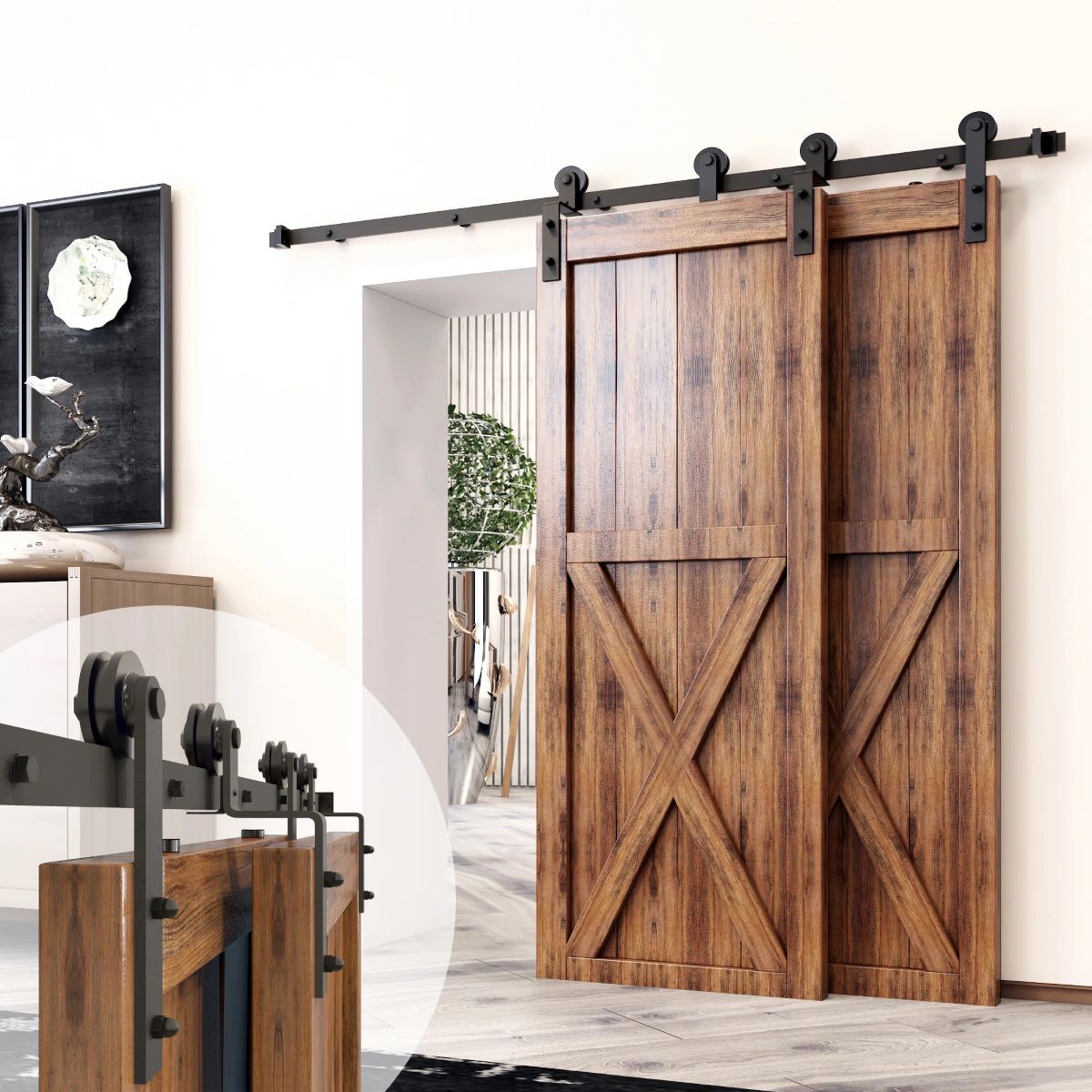
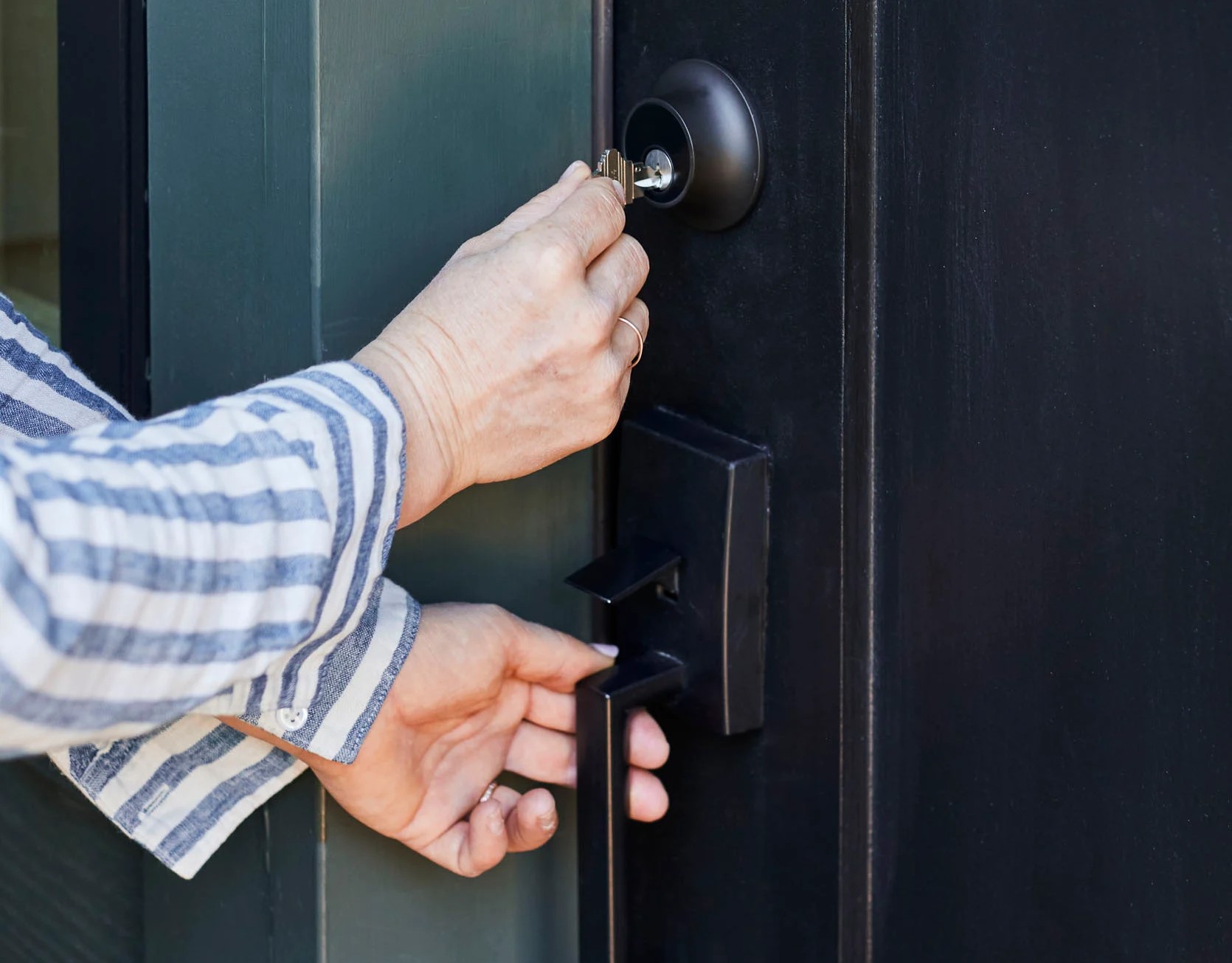
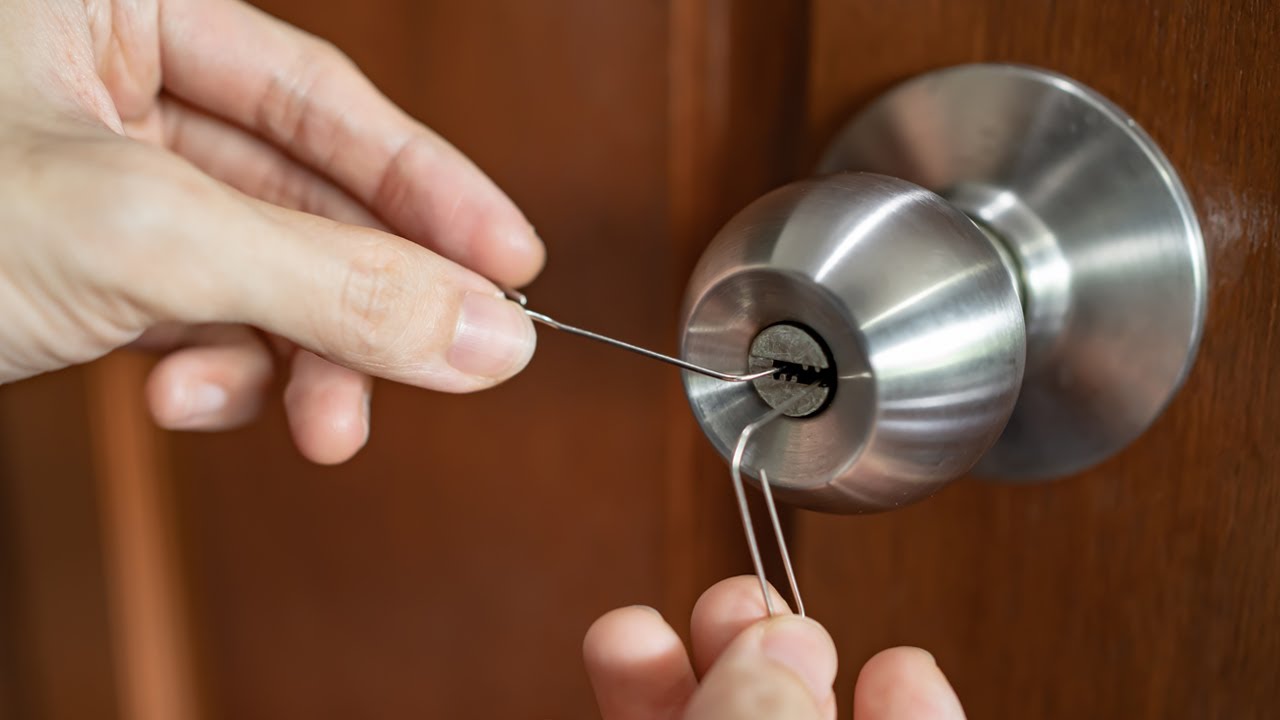
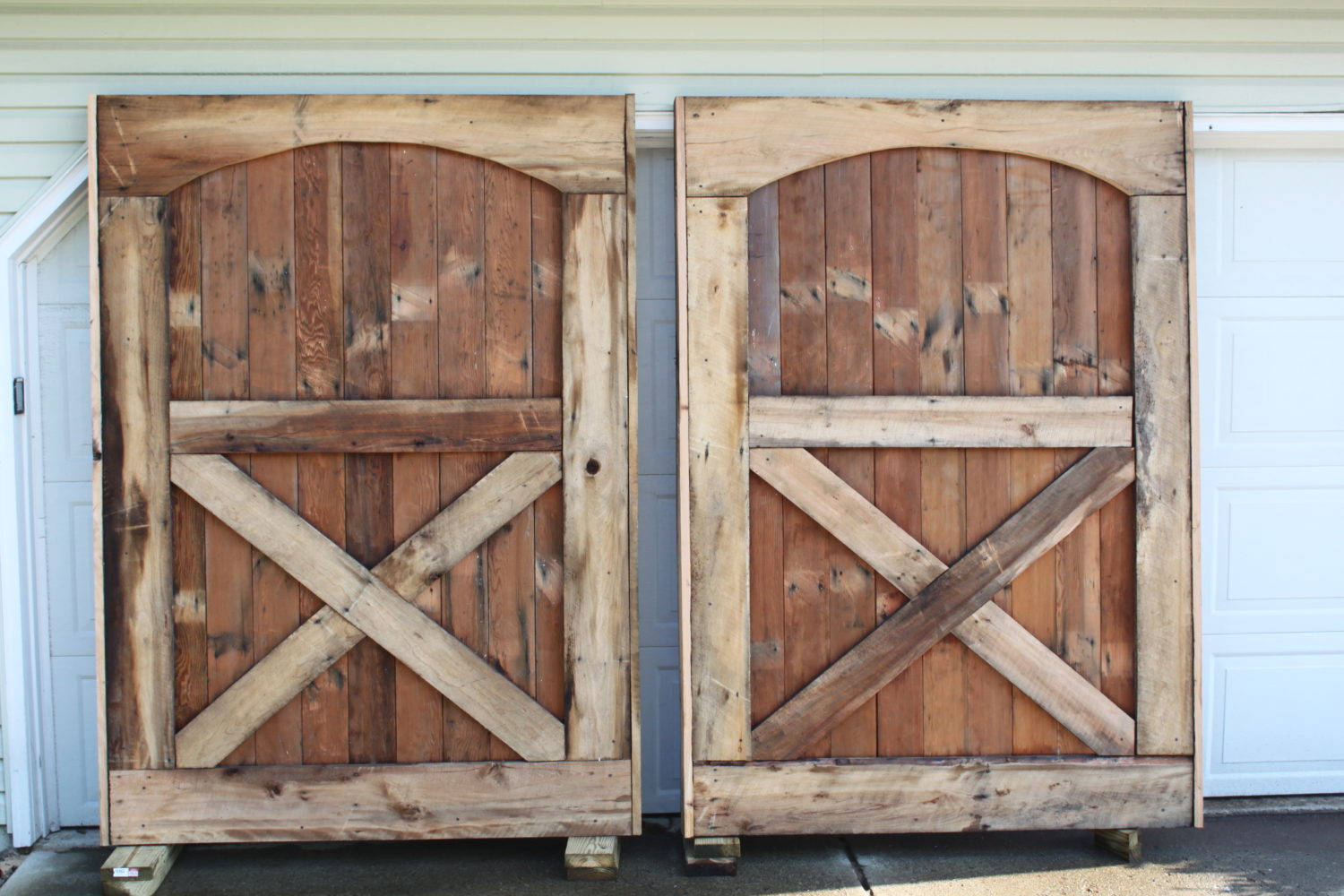
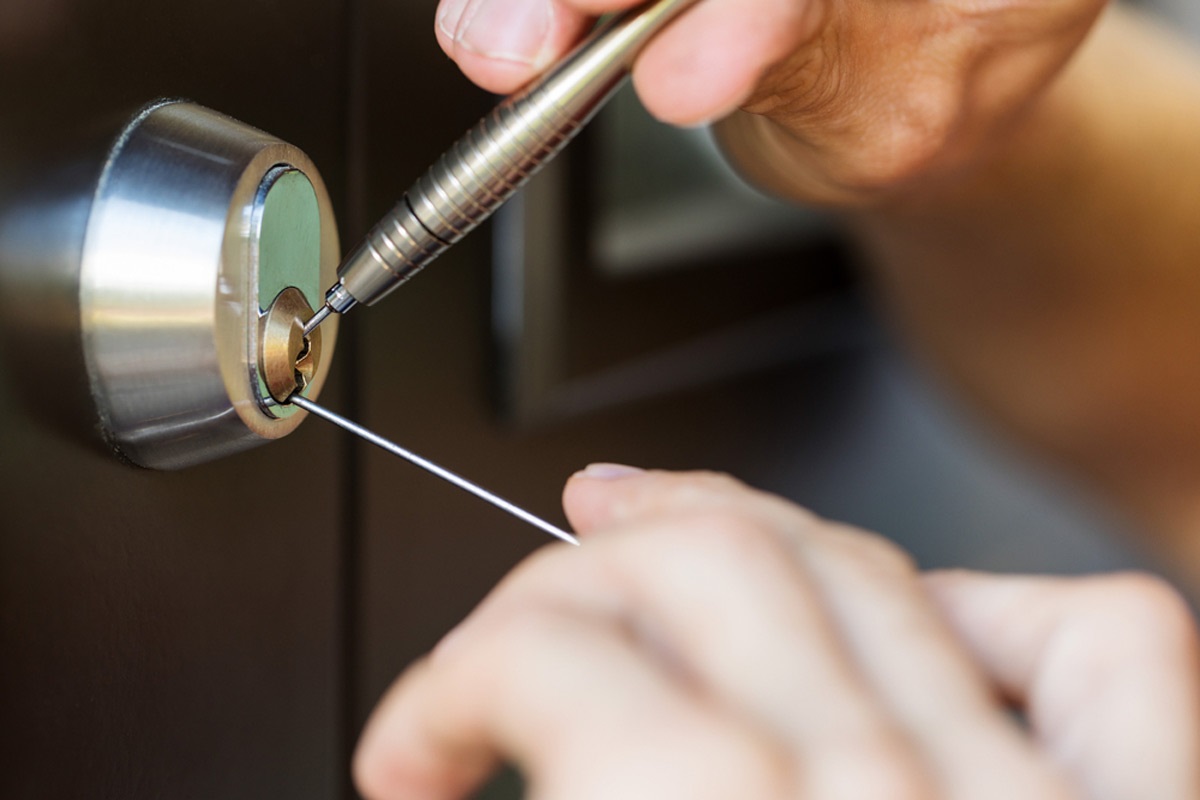

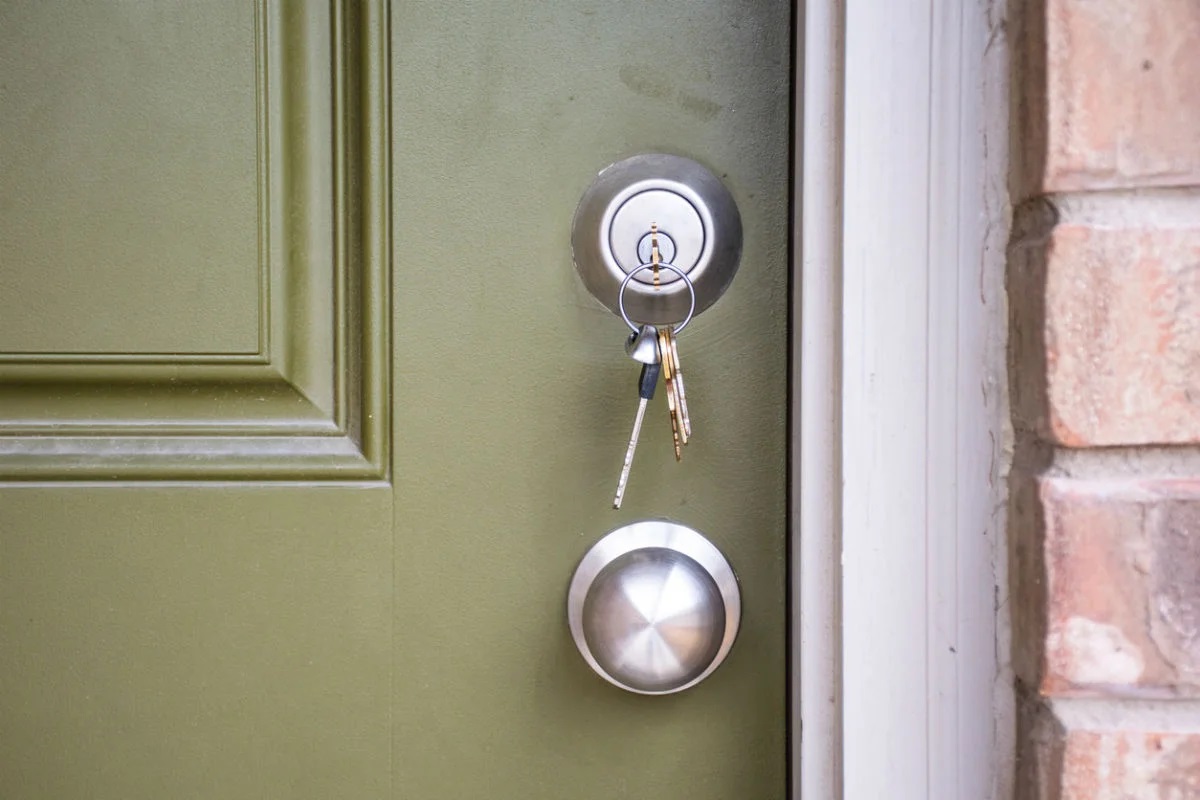
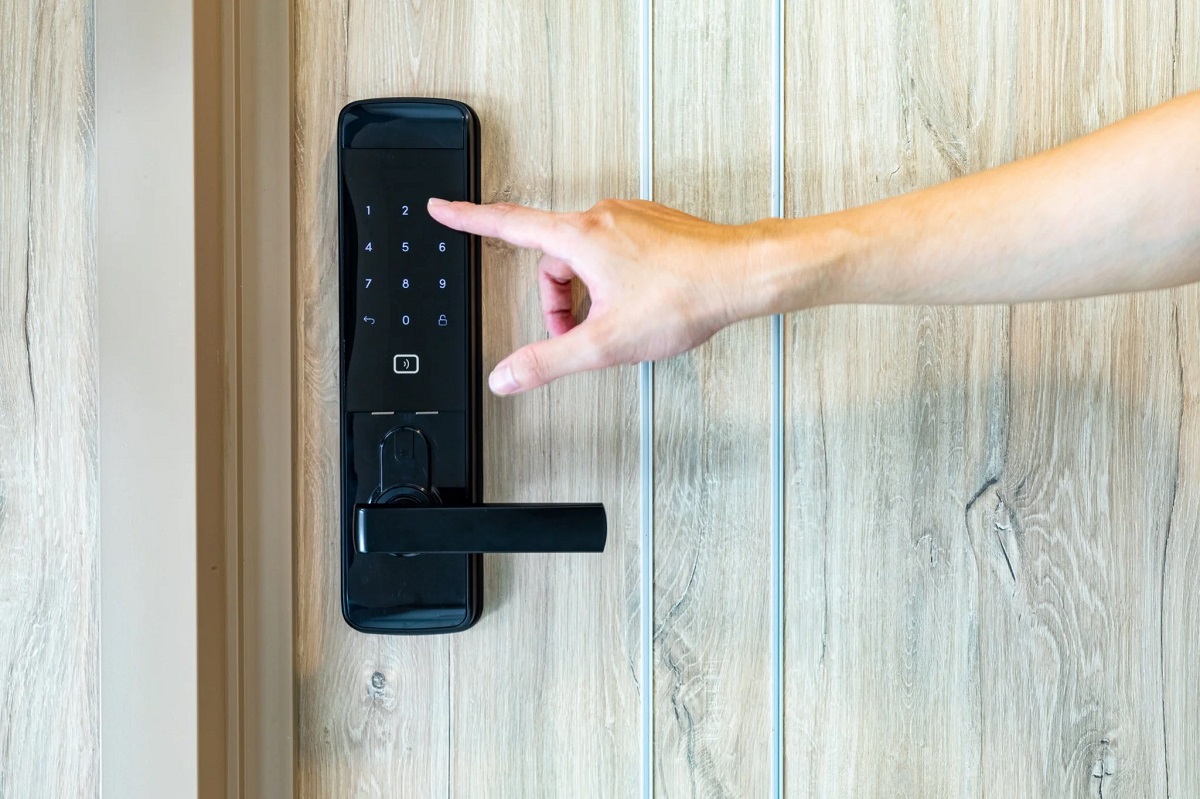

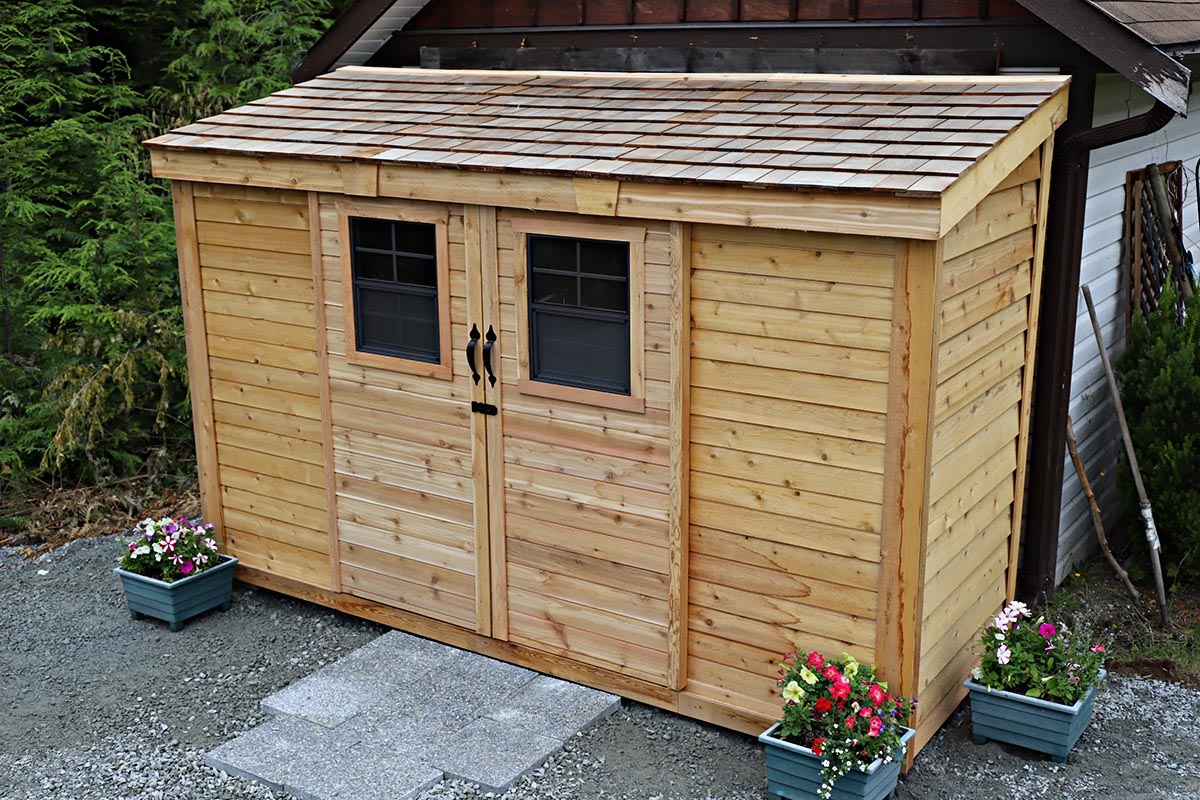

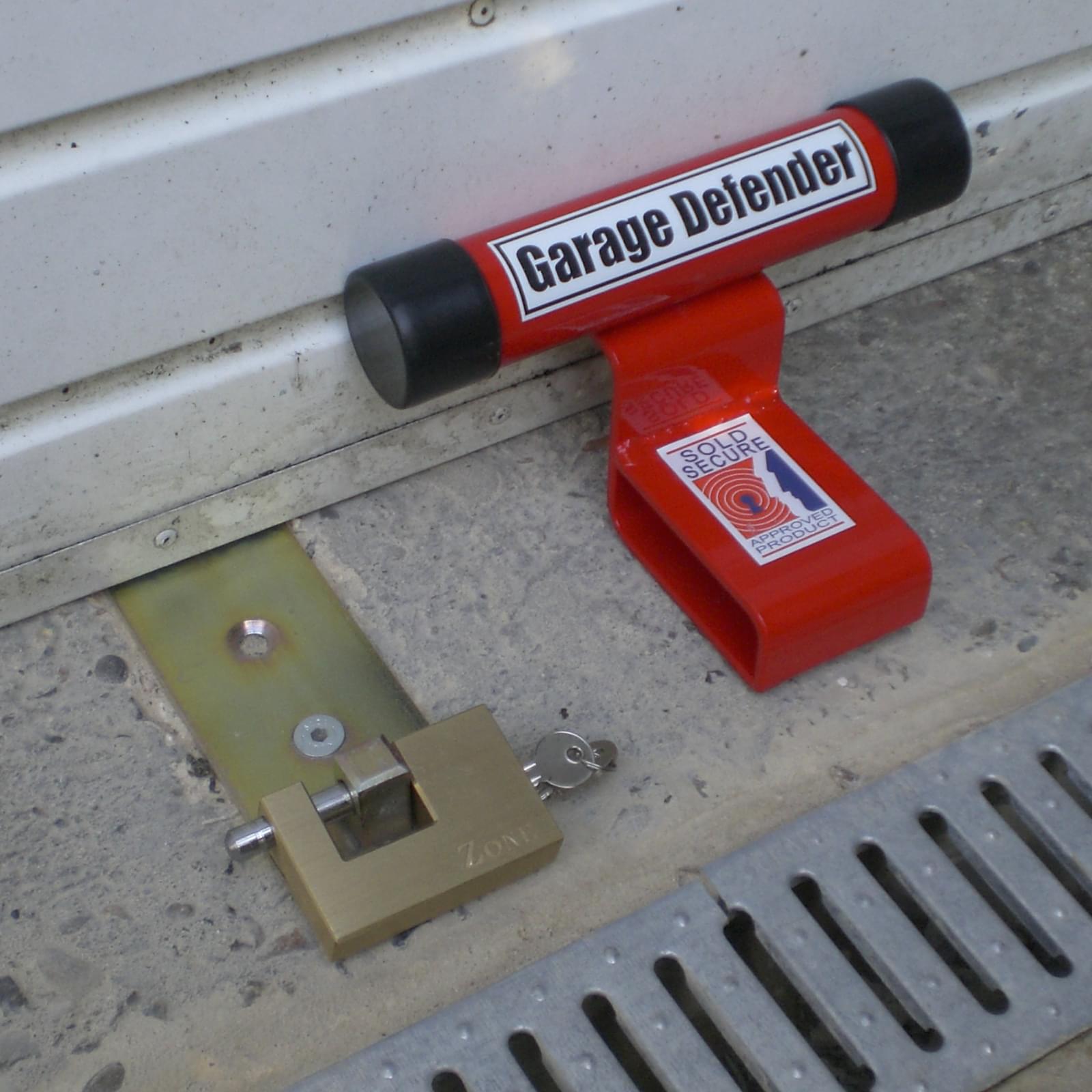
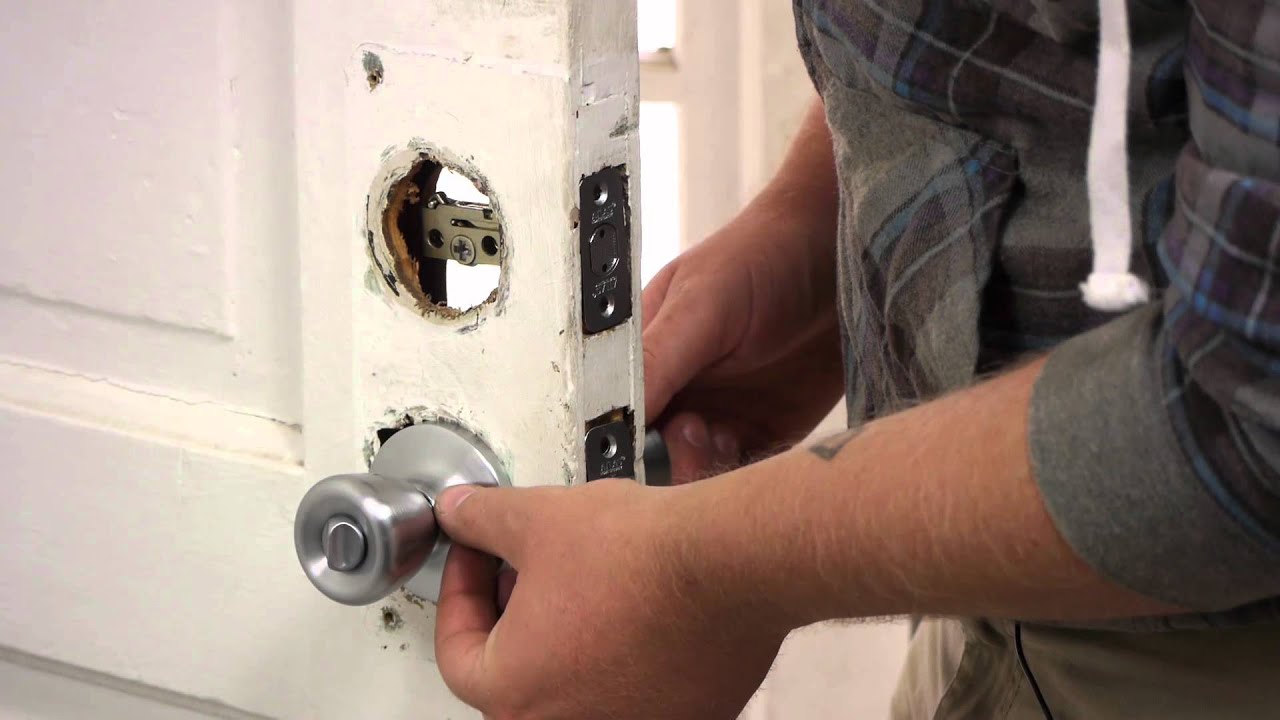
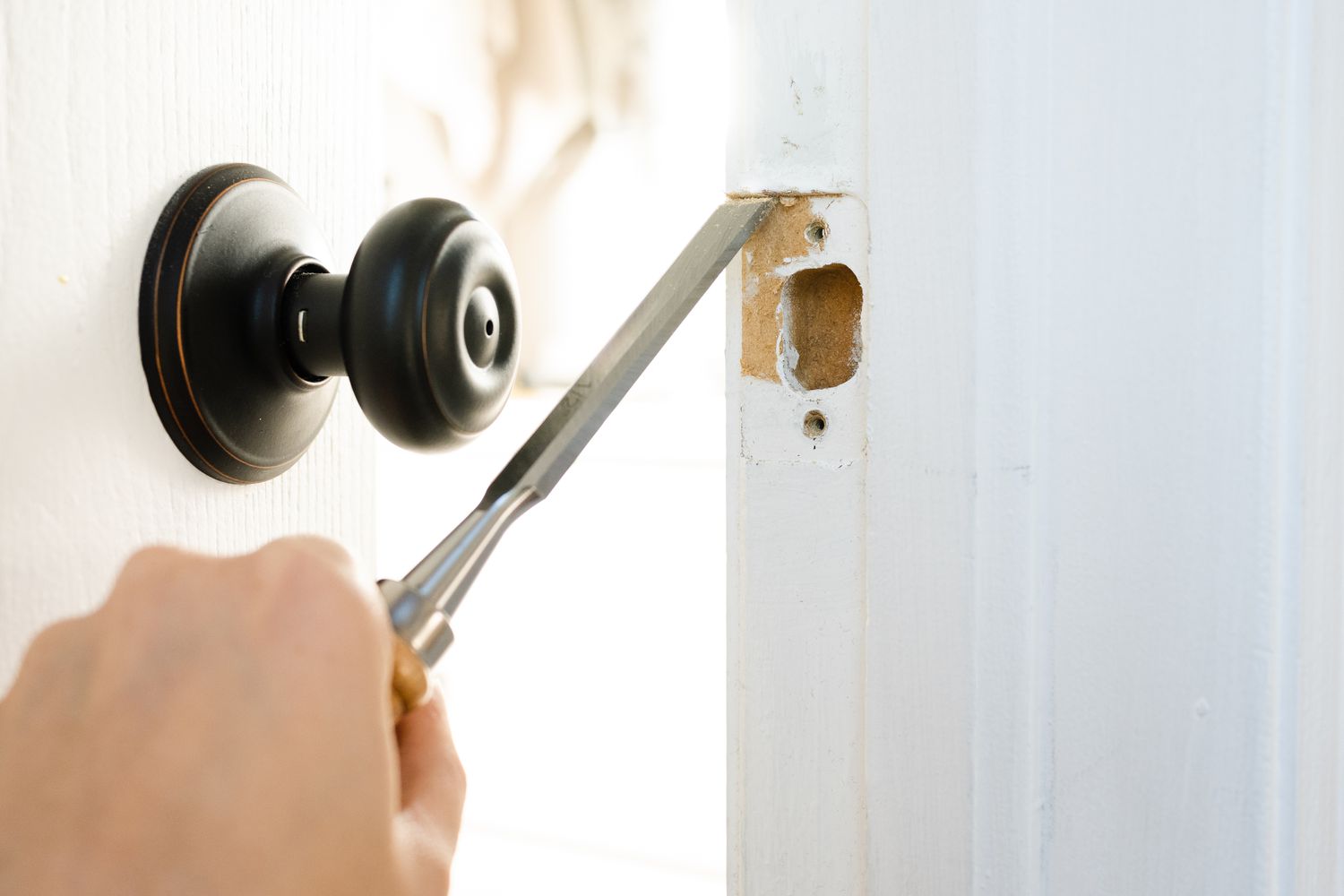

0 thoughts on “How Can You Lock A Barn Door”